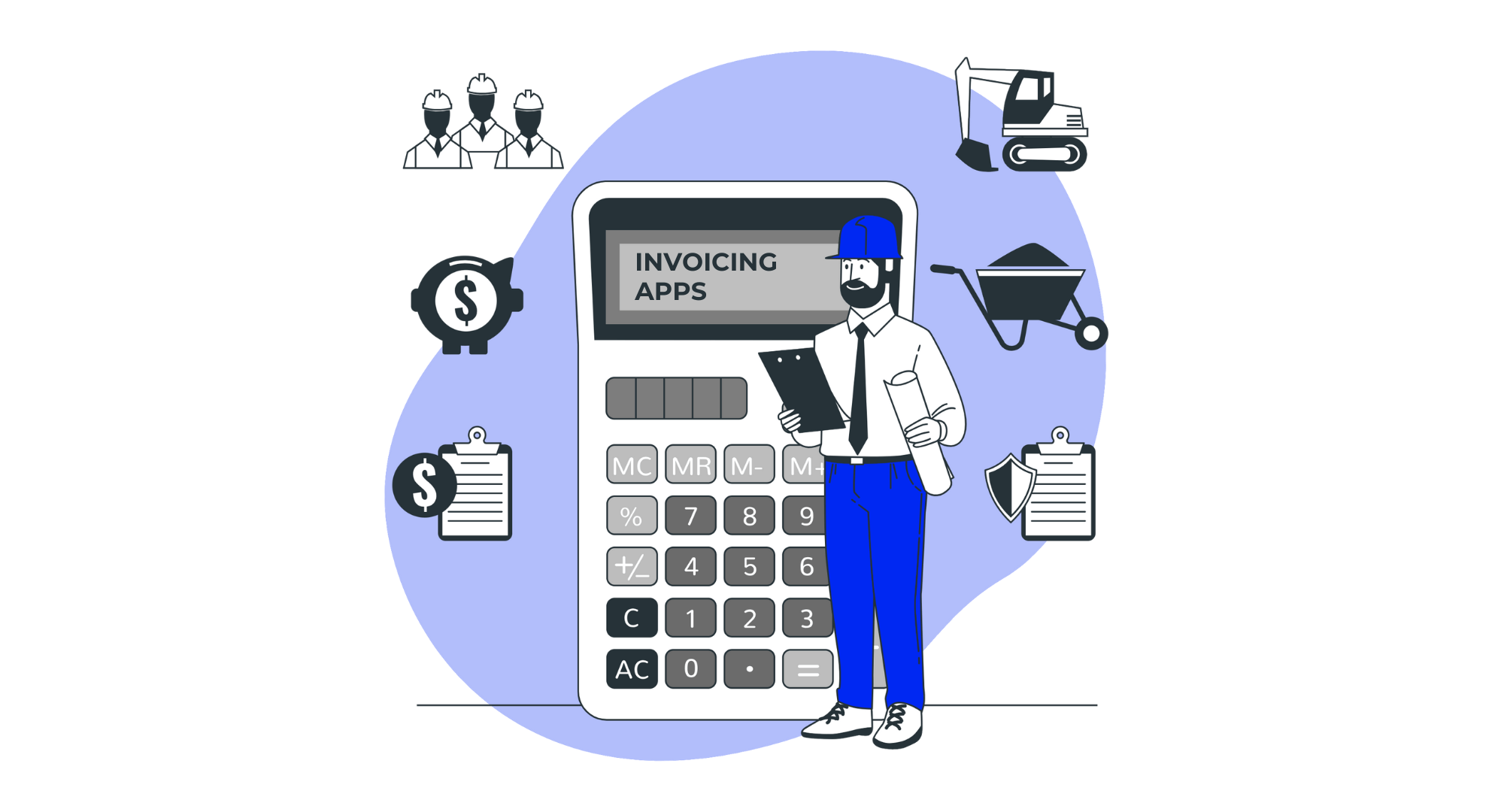
Imagine your business is thriving; revenues are rising, the client base is expanding, and the market presence is strong. However, in the office where financial strategies are crafted, complacency has taken root. This complacency creates an invisible ceiling, impeding the potential for further growth and optimization; thus, a vibrant culture of continuous improvement in finance becomes paramount.
Inertia is the enemy.
Without an adaptive and forward-looking financial backbone, the agility required to navigate the complexities of today’s business environment is hampered. A focus on continuous improvement in finance is not just desirable—it’s indispensable for long-term survival and success.
Cultivating a mindset of constant enhancement ensures an organization’s financial resilience and competitiveness.
This emphasis on ongoing advancement enables companies to identify inefficiencies, optimize processes, and align finance function strategies with broader business objectives. As a result, this forms a bedrock for sustainable growth, increased profitability, and a significant competitive edge.
Developing a culture of continuous improvement in finance requires a committed strategy and diligent implementation. It necessitates the orchestration of nine effective strategies, each integral to fostering an environment where progress is not merely a buzzword but a continuous reality, assuring financial health and operational excellence.
9 Strategies for Developing a Culture of Continuous Improvement in Finance

1. Fostering a Growth Mindset
Embracing a growth mindset within a finance team unlocks a reservoir of potential, encouraging an environment where challenges are seen as opportunities for development, rather than barriers. This intrinsic belief in the ability to grow transforms how individuals tackle problems and expands their capacity for learning.
When team members adopt a growth mindset, they understand that their talents and intelligence can be developed through effort, persistence, and input from others around them. This results in a collaborative and resilient finance department, poised for ongoing enhancement and innovation.
Companies with growth-focused cultures are 1.5 times more likely to achieve financial returns above their industry average.
A growth mindset propels teams to actively identify areas for improvement and approach setbacks with a solution-oriented attitude. It cultivates a workplace where feedback is valued, risks are embraced thoughtfully, and failures are leveraged as learning opportunities. Such an ethos fuels continuous progress and keeps the organization aligned with the dynamic pace of financial trends.
2. Setting Clear, Achievable Goals
Establishing transparent and attainable goals is quintessential for nurturing a culture of continuous improvement within a finance team.
- Set short-term milestones to ensure ongoing motivation and measurable progress.
- Define long-term objectives that align with the company’s strategic vision.
- Develop specific, measurable, achievable, relevant, and time-bound SMART financial targets.
- Regularly review and adjust goals to adapt to changing financial landscapes.
- Celebrate achieving milestones to reinforce a positive culture of accomplishment.
Attainable goals act as navigational beacons guiding the finance department’s journey toward improvement.
Meticulous goal setting not only provides direction but also fosters a sense of purpose and achievement as milestones are reached, perpetuating the continuous improvement cycle.













